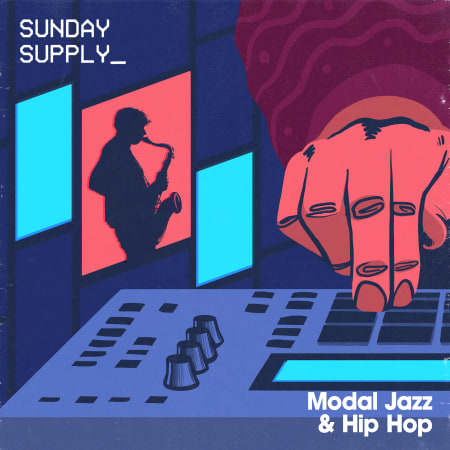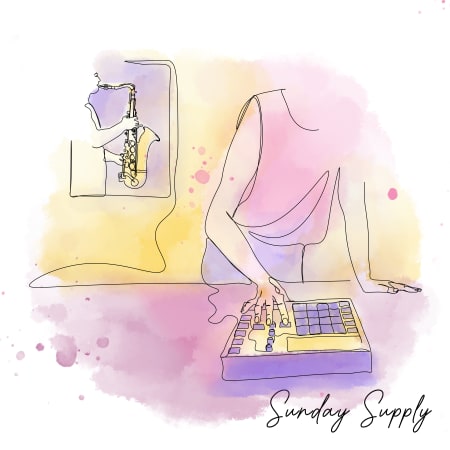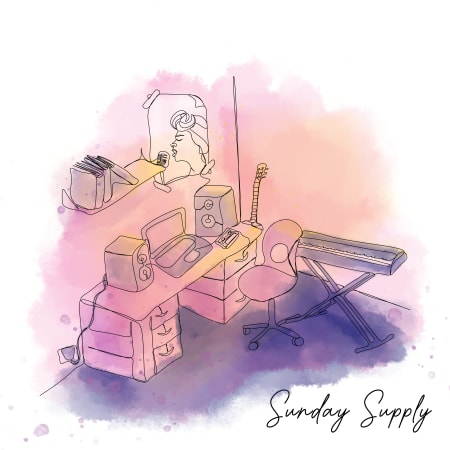Modal jazz is jazz that makes use of musical modes - a type of musical scale - often modulating among them to accompany the chords instead of relying on one tonal center used across the piece. Although precedents exist, modal jazz was crystallized as a theory by composer George Russell in his 1953 book Lydian Chromatic Concept of Tonal Organization.
In bebop as well as in hard bop, musicians use chords to provide the background for solos. A piece starts out with a theme that introduces a series of chords for the solos. These chords repeat throughout the whole piece, while the soloists play new, improvised themes over the repeated chord progression. By the 1950s, improvising over chords had become such a dominant part of jazz that sidemen at recording dates were sometimes given nothing more than a list of chords to play from.
Then things changed.
Mercer Ellington (musician, composer, and son of Duke Ellington) has stated that Juan Tizol conceived the melody to "Caravan" in 1936 as a result of his days studying music in Puerto Rico, where they couldn’t afford much sheet music so the teacher would turn the music upside down after they had learned to play it right-side up. This inversion technique led to a modal sound throughout Tizol's work.
Saxophonist Wayne Shorter has noted that the 1953 composition "Glass Enclosure" by pianist Bud Powell was one of the earliest jazz compositions to make use of Lydian chords, based on the Lydian mode that was not widely used in jazz until about a decade later.
Towards the end of the 1950s, spurred by the experiments of composer and bandleader George Russell, musicians began using a modal approach. They chose not to write their pieces using conventional chord changes, but instead using modes. Musicians have employed this technique since then through today. They've included Miles Davis, Freddie Hubbard, Bill Evans, Herbie Hancock, Chick Corea, Pharoah Sanders, and Wayne Shorter.
Though exerting influence to the present, modal jazz was most popular in the 1950s and 1960s, as evidenced by the success of Miles Davis's 1958 composition "Milestones", 1959 album Kind of Blue, and John Coltrane's quartet from 1960 to 1965.
Download this pack



